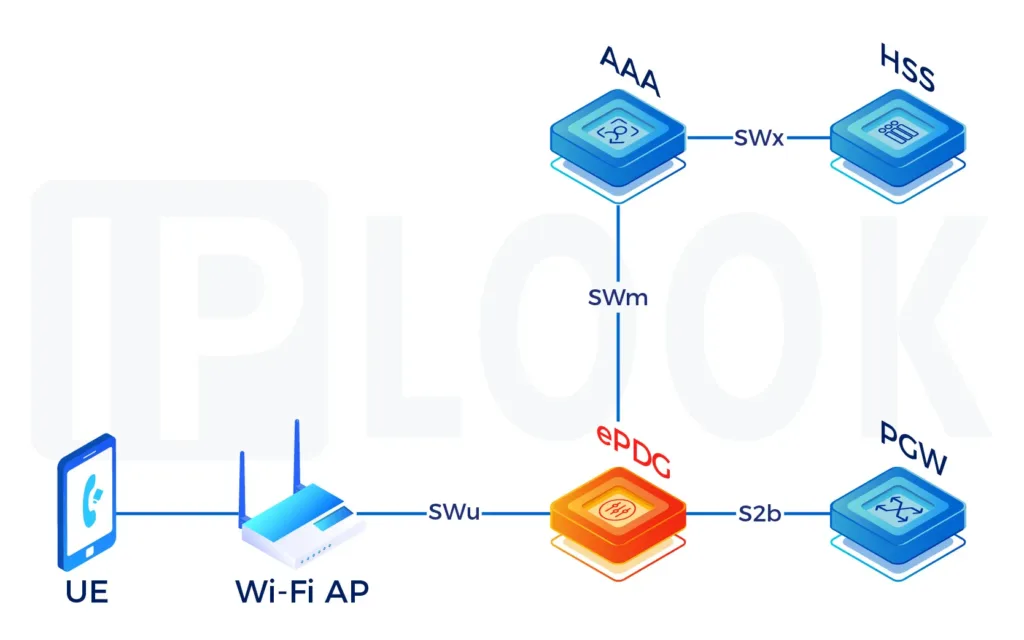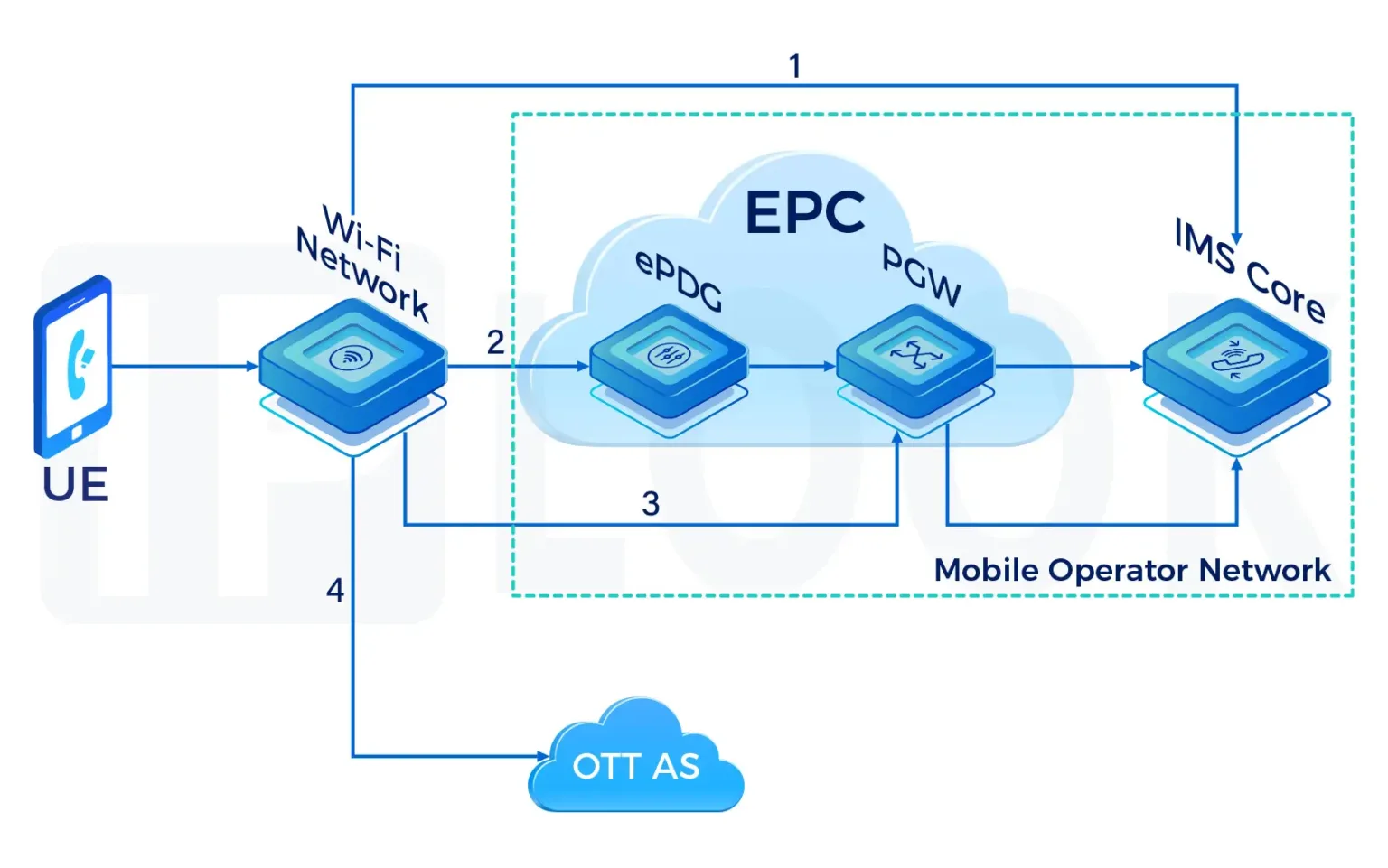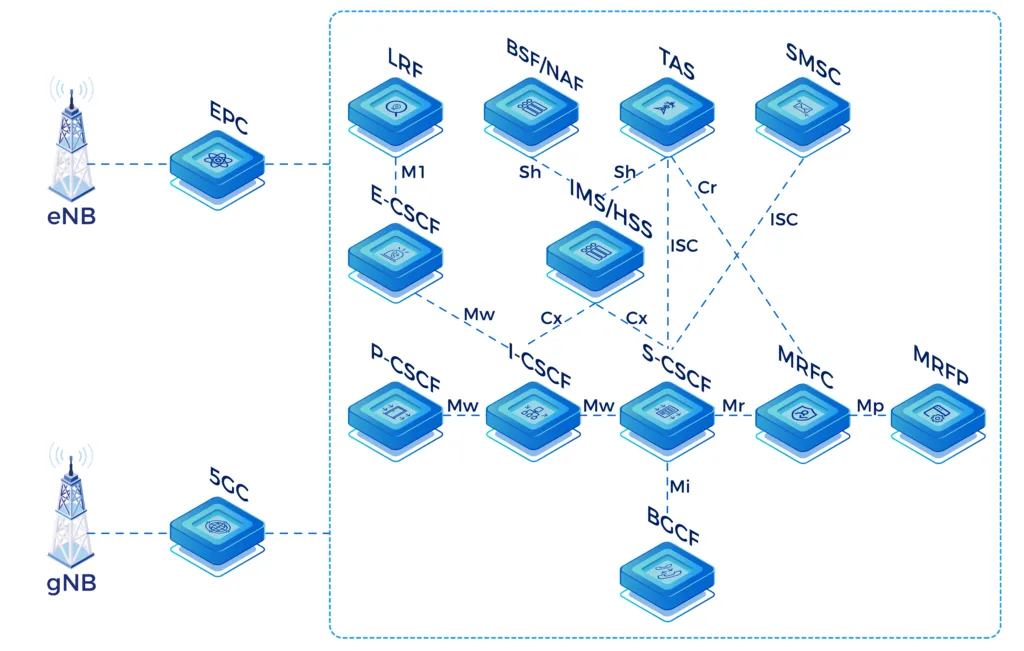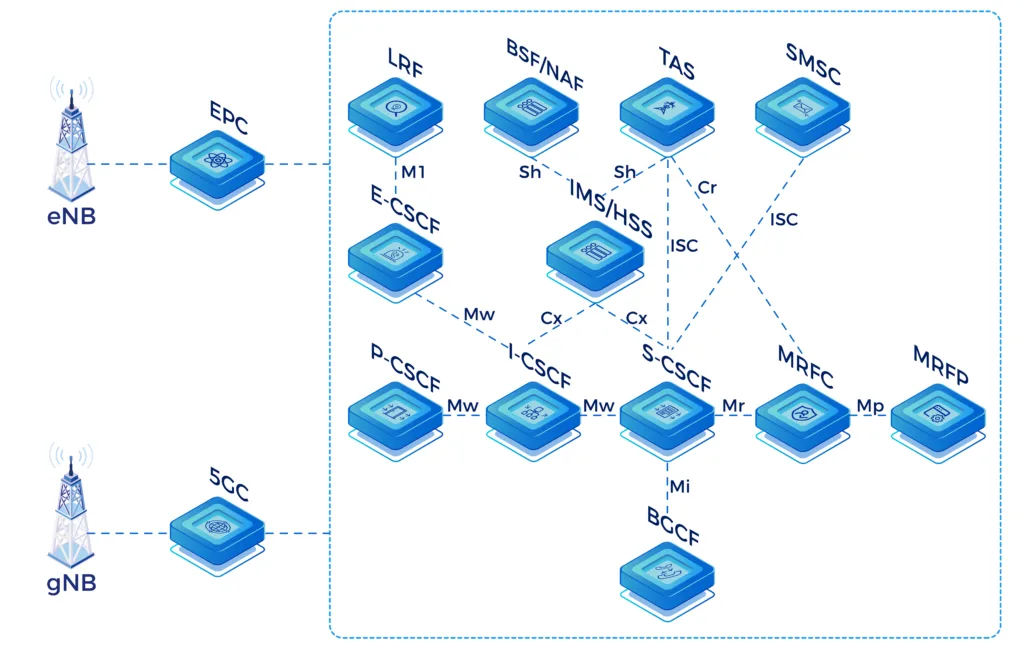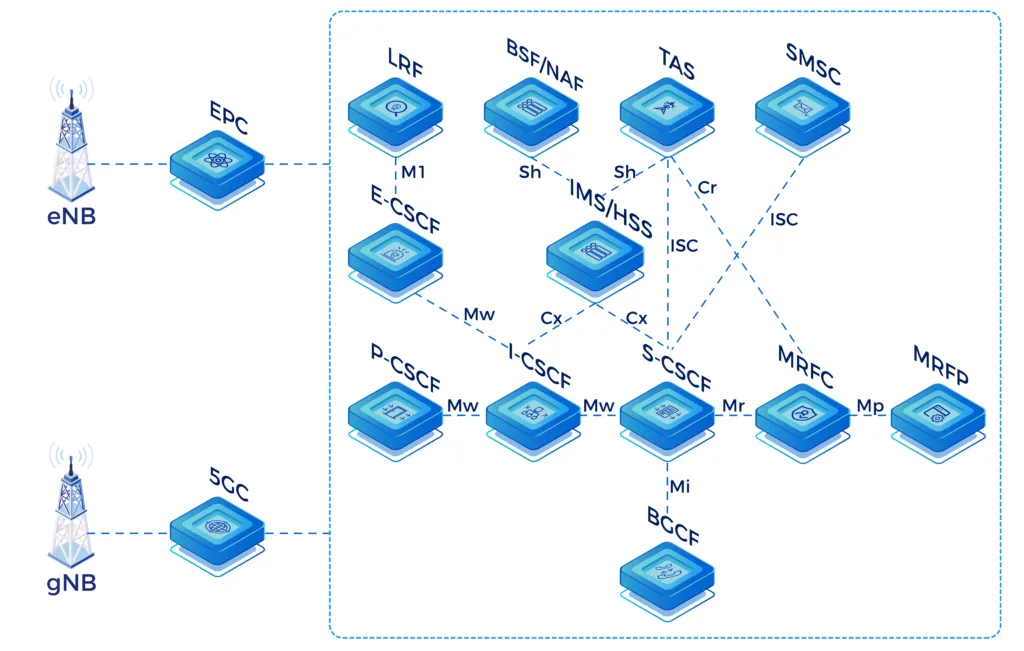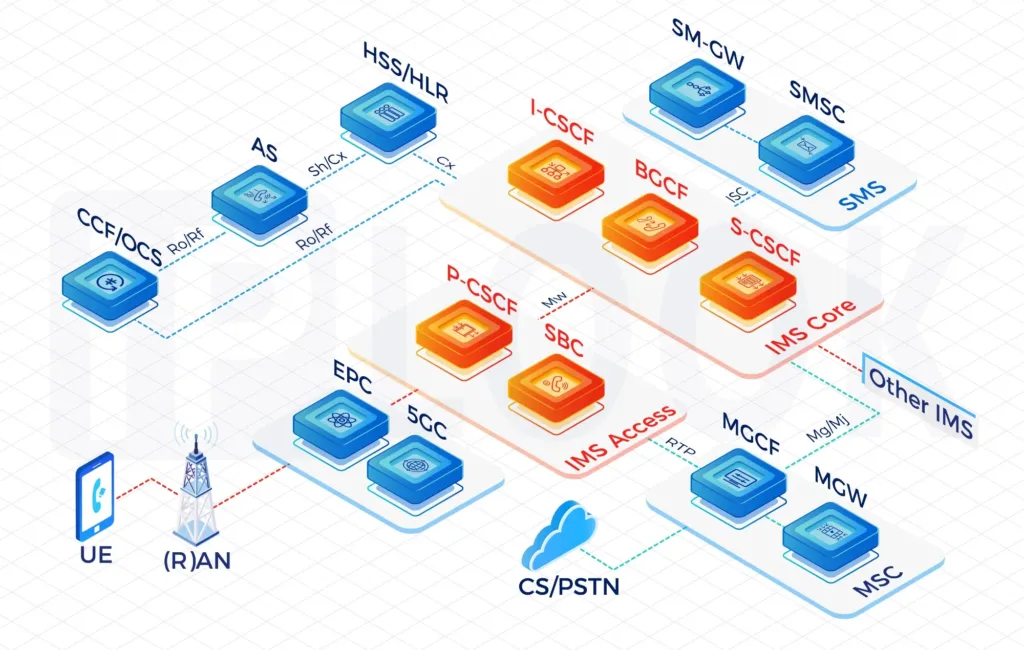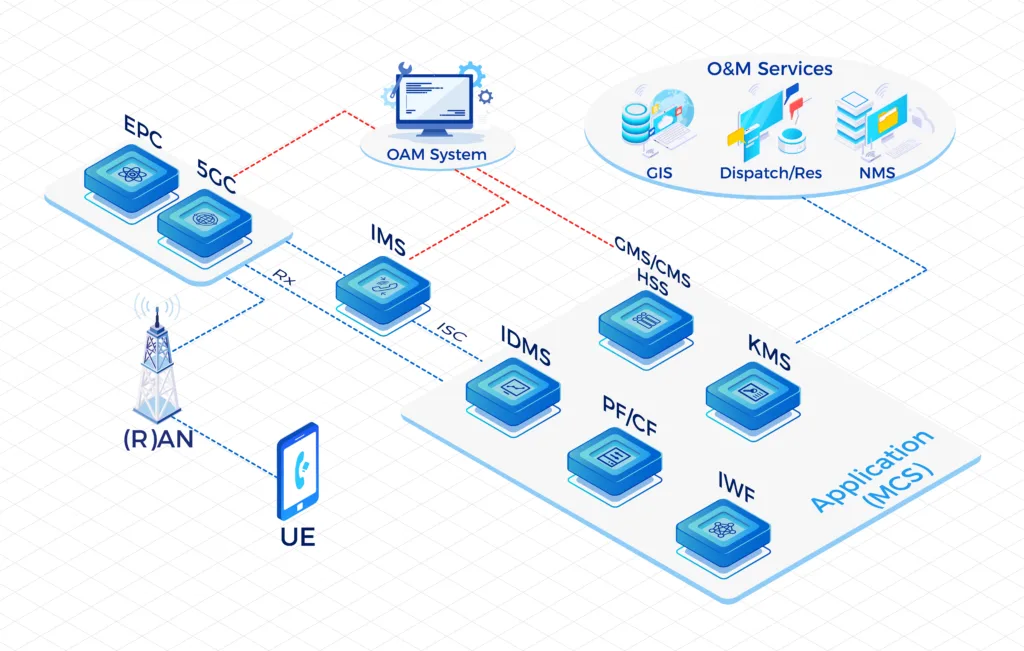Our High-Performing Core Network
Fully virtualizable on VMware, K8S, Docker and OpenStack containers
Voice over Wi-Fi(VoWiFi)
VoWiFi (Voice over Wi-Fi) enables users to make crystal-clear, reliable voice calls over Wi-Fi—even in areas with poor or no cellular coverage. Our advanced VoWiFi solution seamlessly integrates with IMS platforms and features rapid deployment, HD voice, and intelligent handover between Wi-Fi and cellular networks.
Tailored for operators aiming to improve indoor coverage, reduce international roaming costs, and boost customer satisfaction, the system supports a wide range of terminals and diverse network environments. It empowers service providers to build smarter, more flexible communication infrastructures and deliver superior user experiences.
Key Benefits

Offer Cost-Effective International Roaming Services

Enhance Network Coverage

Expand Network Service Offerings

HD Voice And Video Service

99.999% System Availability

Highly-Secure Network Access

Offload Network Traffic

Ensure Voice Continuity
IPLOOK VoWiFi Solution To Enhance Competitiveness of Operators
- Wi-Fi Calling (VoWiFi) is an IMS-based voice calling technology similar to VoLTE. Based on ePDG, HSS/3GPP AAA and IMS, IPLOOK VoWiFi solution enables users to achieve high-definition voice or video calls over Wi-Fi , and seamlessly switch with VoLTE, when accessing the mobile network via Wi-Fi hotpots. Wi-Fi serves as the RAN to access the carrier’s EPC and IMS networks.
- The VoWiFi solution effectively supplements VoLTE. Operators can retain users and attract a broader user base with VoWiFi, exploring potential revenue streams.

